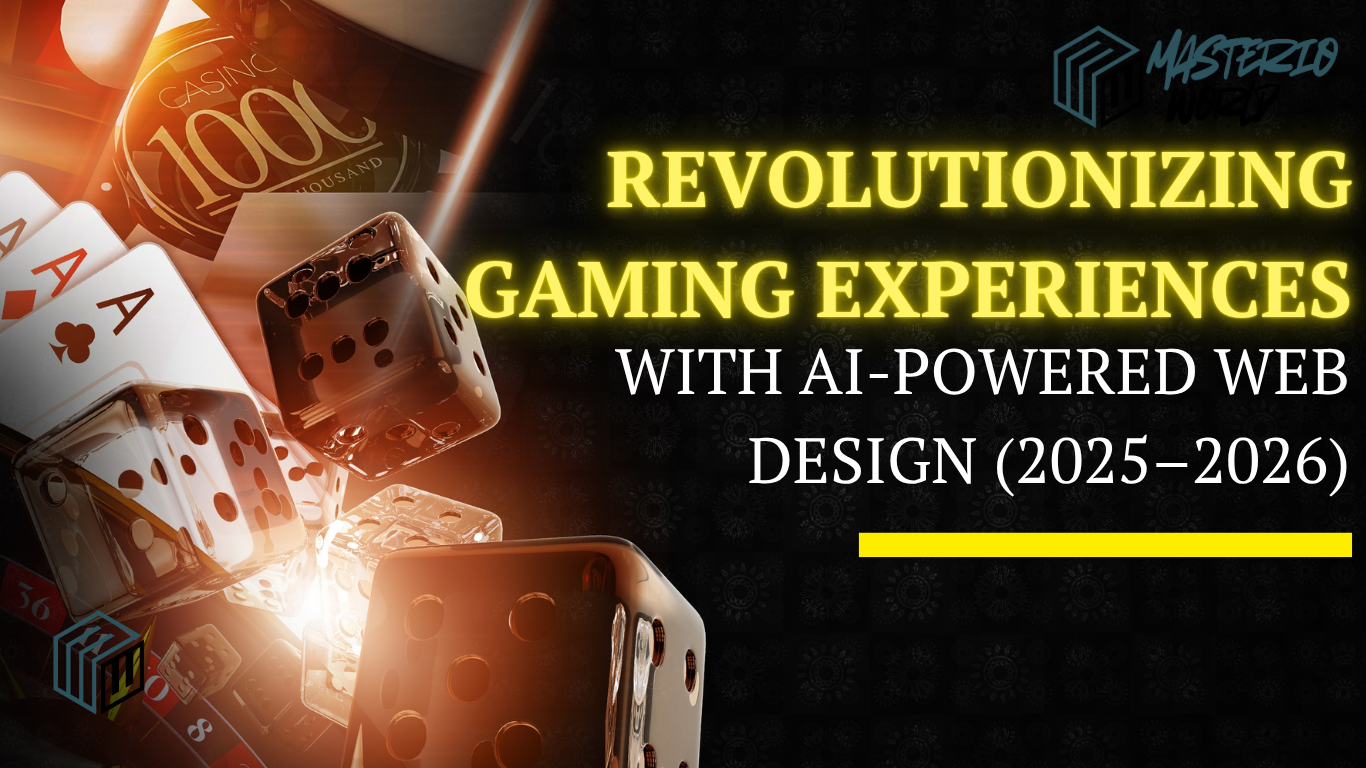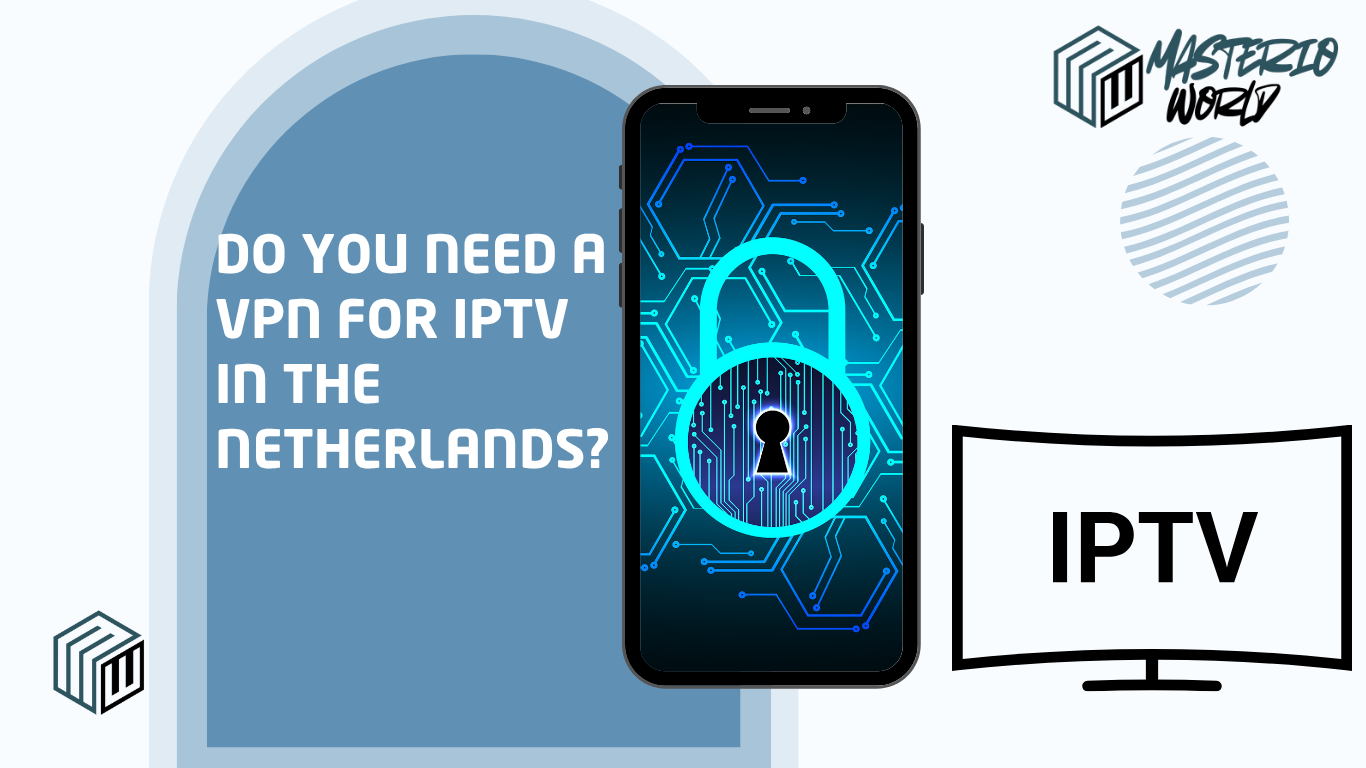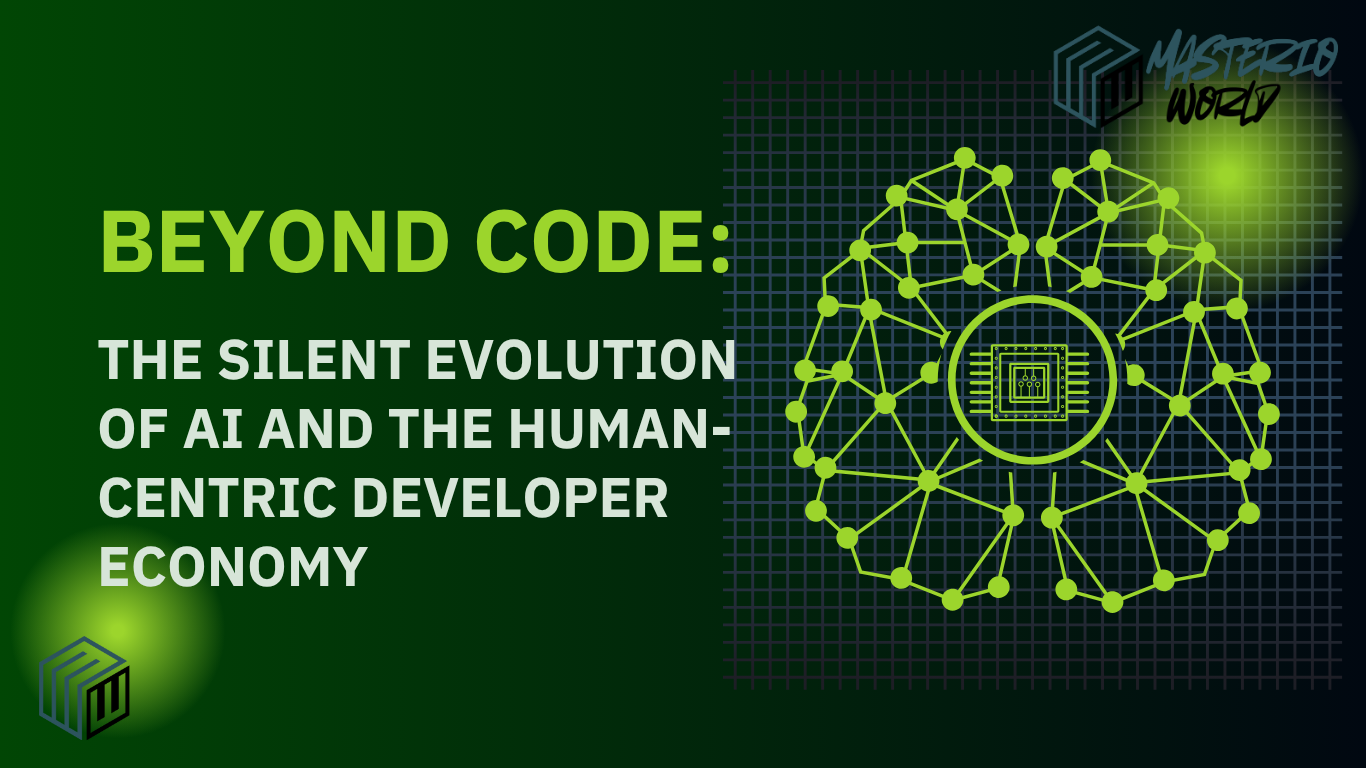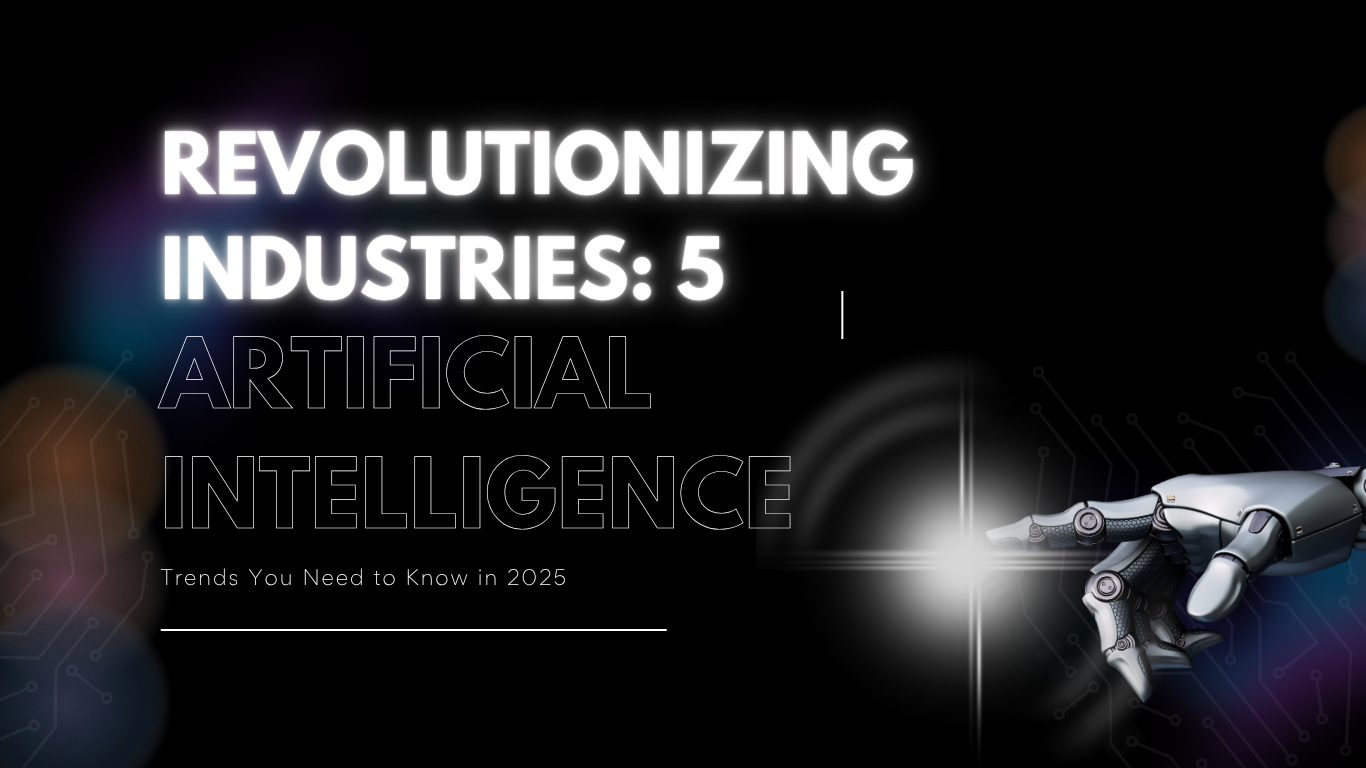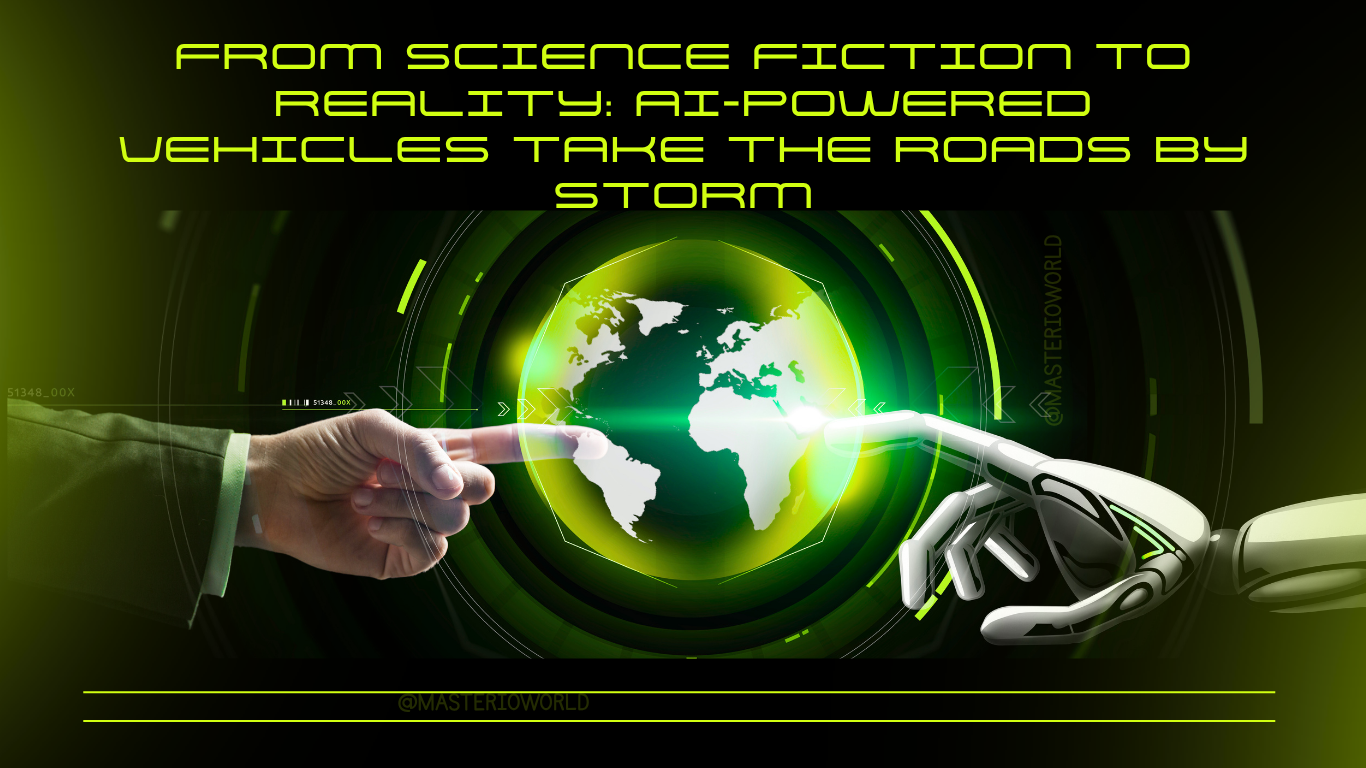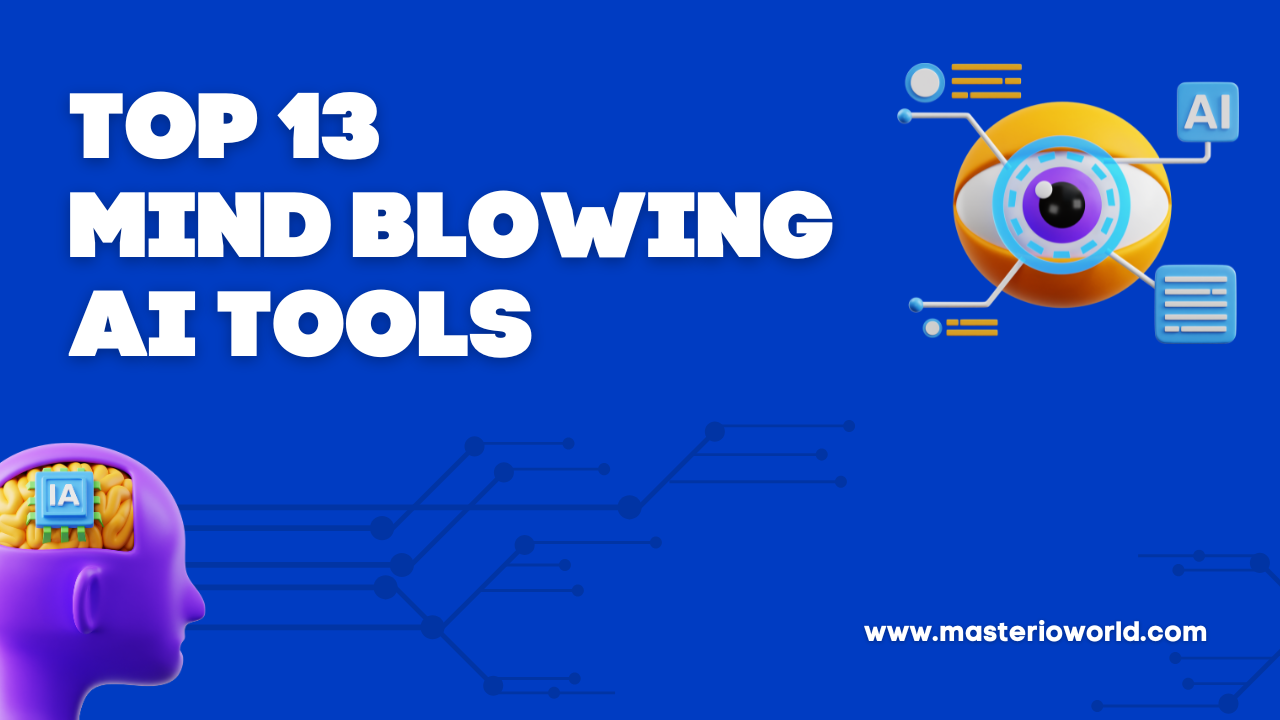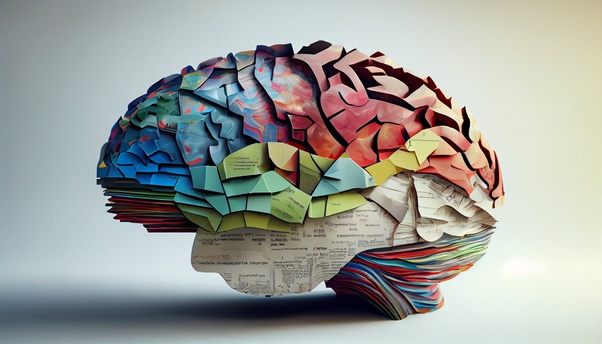Introduction
The Gaming Revolution on the Web
Gaming has come a long way from those pixelated screens and clunky interfaces we used to know. Fast forward to 2025–2026, and we’re not just playing games anymore—we’re truly living in them. A big part of this immersive experience kicks off online, right on the game’s website.
Why 2025–2026 Is a Game-Changer
With AI reaching new heights and web technologies advancing at lightning speed, the way we promote, access, and interact with games online is changing dramatically. It’s no longer just about having a website; it’s about creating a smart, dynamic, and engaging portal designed for gamers, powered by AI-enhanced systems.
________________________________________
The Power of AI in Modern Gaming
How AI Is Shaping Game Mechanics
AI isn’t just lurking in the background—it’s right in the thick of the action.
Procedural Content Generation
Imagine endless dungeons in Minecraft or ever-evolving maps in No Man’s Sky. These worlds aren’t crafted by hand; they’re generated by AI, offering unique experiences every time you dive in.
Adaptive Difficulty & Smart NPCs
Say goodbye to mindless enemies. Nowadays, AI analyzes your gameplay and tweaks the challenge level accordingly. It learns, adapts, and reacts in real time.
AI’s Role in Personalized Gaming Experiences
AI keeps track of your preferences, playstyle, and behaviors to deliver content, characters, and missions that resonate with your personality. Each player experiences a slightly different game world—tailored just for them.
________________________________________
AI-Driven Web Design: A New Era
What Is AI Website Design
AI web design harnesses machine learning to create smarter, faster, and more intuitive websites—without the hassle of endless manual coding.
Smart UI/UX Decisions
AI analyzes user interactions and recommends layouts, colors, and components that elevate the user experience.
Predictive Design Systems
Looking for a homepage that’s optimized for conversions? AI can predict which elements will work best based on real-time user behavior and industry benchmarks.
Benefits of AI Web Design for Gaming Platforms
- Quicker load times
- Tailored user interfaces
- Improved SEO through AI-driven content optimization
- Stronger security and monitoring
________________________________________
Game Websites in 2025–2026: What’s Changing?
Speed, Immersion, and Personalization
Gamers want everything at their fingertips, and AI makes sure dynamic content loads quickly while customizing interfaces based on each visitor’s actions.
AI-Powered Content Customization
Whether it’s news updates or game patch notes, content can now be automatically curated and personalized for every player, making them feel recognized and appreciated.
Integration of Virtual Worlds on the Web
Get ready to explore a game’s universe directly from its website. AI connects the dots between static information pages and vibrant, interactive experiences.
________________________________________
Custom Website Development for the Gaming Industry
Key Features Every Gaming Website Must Have
Live Chatbots and Support AI
Gamers crave immediate responses. AI chatbots provide real-time assistance, cutting down support costs and boosting user satisfaction.
Real-Time Game Feeds and API Integration
Display live match statistics, leaderboards, and event countdowns. AI retrieves and refreshes this data in the blink of an eye.
Front-End Tech Trends in Gaming Websites
- 3D interfaces using WebGL
- AI-assisted UI design
- Voice-enabled navigation
Backend Innovations Supporting Modern Games
AI forecasts server demand and automatically scales infrastructure. Plus, cloud-based AI systems now handle complex analytics with ease.
________________________________________
Mobile Gaming Websites & AI Optimization
Responsive, Adaptive Design with AI
AI fine-tunes layouts and content for every device type, ensuring smooth, glitch-free experiences whether on phones, tablets, or PCs.
Progressive Web Apps (PWAs) for Gaming
PWAs are blurring the lines between websites and apps. AI guarantees these are optimized, lightweight, and responsive, even when offline.
________________________________________
Security and Performance: AI’s Watchful Eye
AI-Enhanced Cybersecurity
As threats continue to rise, AI-powered security tools are stepping up to the plate, spotting anomalies, blocking attacks in real time, and ensuring gamers’ data stays secure.
Performance Optimization Through Machine Learning
From load balancing to smart compression techniques, AI figures out what’s slowing down a site and makes the necessary fixes before users even notice a thing.
________________________________________
Real-World Examples: Gaming Giants Using AI Web Design
Riot Games
Their AI-driven support bot quickly resolves tickets, while their website tailors content based on region and player behavior.
Epic Games
By tracking user behavior with AI, they’ve personalized the Fortnite web portal, boosting retention and engagement.
Indie Studios Using AI to Compete
Smaller teams are leveraging AI site builders like Wix ADI or Framer AI to create top-notch platforms without needing a large development team.
________________________________________
The Role of Developers and Designers in the AI Era
Collaboration Between Humans and AI
Designers can focus on their creative flair while developers manage the technical side. AI enhances both by providing smart suggestions and automating tasks.
New Skillsets for the Future
Development teams are now picking up skills in prompt engineering, data interpretation, and customizing AI models to stay competitive in the evolving game development landscape.
________________________________________
Costs and Timelines in 2025–2026
Is AI Web Development More Affordable?
AI cuts down on manual work, reduces errors, and streamlines testing. You can create smarter, faster, and more cost-effective solutions.
How AI Speeds Up Deployment
Thanks to AI code generators, site builders, and testing bots, development timelines have shrunk from months to just weeks—or even days.
________________________________________
Challenges in AI Website Design for Gaming
Ethical and Creative Concerns
Relying too heavily on AI can result in bland, generic designs. The human touch remains crucial for conveying brand voice and emotional resonance.
Avoiding Generic, Algorithmic Designs
By incorporating custom inputs, creative storytelling, and unique assets, it’s possible to steer clear of cookie-cutter sites, even with AI in the mix.
________________________________________
AI-Integrated Virtual Economies
Imagine smart systems that can handle in-game economies and player transactions in a way that’s both secure and fair, keeping inflation and exploitation at bay.
Voice & Gesture-Based Interfaces on Gaming Sites
Before long, you could find yourself navigating a site using just your voice or hand gestures—thanks to the magic of AI.
________________________________________
Final Thoughts
Why Embracing AI Is Non-Negotiable
AI isn’t just a trend—it’s the way forward. Gaming brands that ignore AI-driven website development risk being left in the dust. Those who embrace it? They’ll be at the forefront of creating the next wave of immersive, intelligent, and gamer-centric online experiences.
________________________________________
FAQs
AI boosts speed, personalizes user experiences, delivers content in real-time, and enhances backend security—making everything feel more immersive.
Not anymore! There are now affordable tools available for indie developers and startups too.
Not. While AI is a fantastic helper, creativity, storytelling, and brand identity still need that human touch.
Some popular choices include React, Node.js, Python (with TensorFlow), and AI integration APIs like OpenAI and DeepMind.
Start small! Use AI-powered tools like Framer AI or Wix ADI, or team up with a development crew that knows the ins and outs of AI integration.

